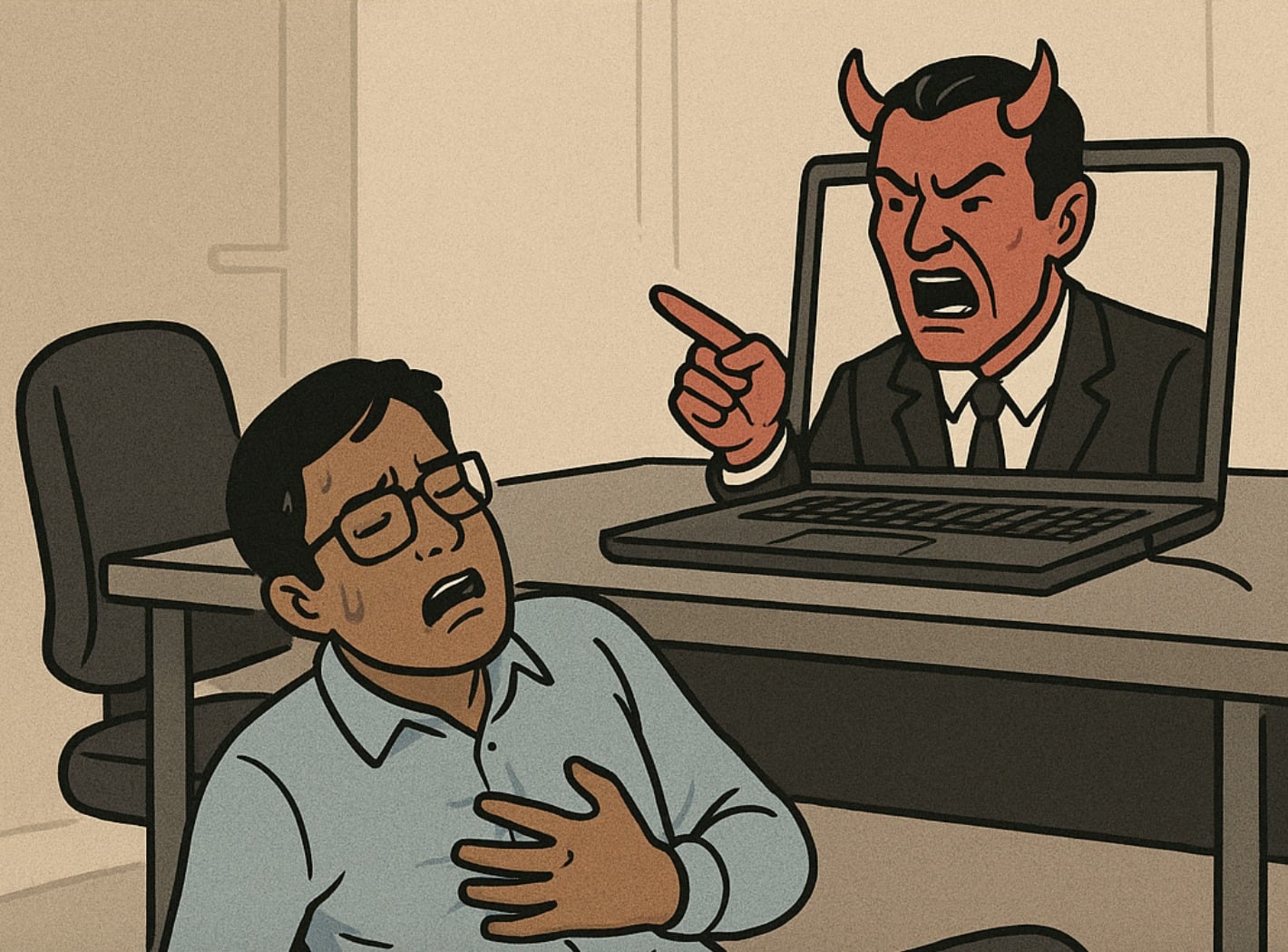Camera lens behind Israel-Iran conflict: How Iran's missiles are finding their mark - The Economic Times
This development comes after Israel’s recent strikes on Iranian nuclear facilities and Iran’s retaliation with over 300 drones and missiles, according to Israeli defence sources. Iran’s government reports over 200 deaths from Israeli attacks. In Israel, 24 people have died, and more than 800 have been injured.
As Israel enforces a media blackout on the damage caused by Iranian missile strikes, Tehran appears to be filling the information gap through hacked footage from homes, traffic cameras, and business premises. A spokesperson for Israel’s cyber directorate confirmed the targeting of connected surveillance systems: “We’ve seen attempts throughout the war, and those attempts are being renewed now.”
Iran is not alone in this playbook. In October 2023, Hamas used similar methods to gather intelligence for its surprise invasion. Gaby Portnoy, who served as Israel’s top cybersecurity official until recently, revealed: “The intelligence gathering that Hamas did from private cameras in the Gaza periphery was a disaster. Thousands of cameras were hacked over the years, both public and private, and were used to collect intelligence.”

Many of the hacked devices were never designed with war in mind. Farmers installed them to prevent theft. Families placed them outside homes and kindergartens for safety. But the same cameras ended up broadcasting military activity near the Gaza fence. “You try to protect yourself and meanwhile you are exposing yourself,” Franco said.Following the Hamas attack that killed over 1,200 Israelis and saw 250 abducted, Israel was granted legal authority to disable private and traffic-facing cameras showing sensitive areas. Yet according to Portnoy, 66,000 personal cameras still used default passwords in 2022 — a number that may have barely changed since.This isn’t just an Israeli problem. After Russia invaded Ukraine, Moscow “likely used access to private cameras at key locations, such as near border crossings, military installations, and rail stations,” according to a joint advisory by the US National Security Agency and its allies. Ukraine responded by banning public webcams in 2022 and urging owners to stop broadcasting online. “Russia is exploiting vulnerability of modern webcams to launch missile attack at Ukraine and adjust them in real time,” a government statement said.
In the US, the Federal Communications Commission banned Chinese-made cameras from several vendors that same year, citing security risks.
The private surveillance market is expected to grow from $54 billion in 2024 to $89 billion by 2030, according to MarketsandMarkets Research. But many of these systems are weakly secured. Some cameras still stream footage live online by default. Many retain factory-set passwords like “1234”. A study by BitSight Technologies this month found that 40,000 security cameras worldwide were exposed on the internet — 14,000 of them in the US.“Most people don’t look at the security features of the device they’re buying. So for the vendor there is no incentive to beef up security of such systems,” said Peleg Wasserman, a cybersecurity architect at a global energy company.
Wasserman added: “Consumers need to remember that they’re not the only ones who may have access to this camera. I’ve seen people that put a camera outside the home without knowing that they’re also filming their neighbours, or a sensitive object, or even giving a panoramic view of a city which may be useful for targeting.”
Cybersecurity professionals stress that higher-end systems with regular firmware updates and strong configuration settings are crucial. “Higher-grade security camera systems from vendors that take cybersecurity seriously will offer extensive configuration settings allowing for more device and communications customisation,” said Geoff Kohl of the Security Industry Association, as reported by Bloomberg.At the same time, he warned users to assume their cameras may be attacked: “Presume your security video systems could be targeted.”
Despite numerous red flags and official advisories, many users continue to favour cost over security. And in war, that choice has consequences.
The digital dimension of the Israel–Iran conflict is intensifying. Pro-Israel hacking group Predatory Sparrow has claimed responsibility for recent cyberattacks on Iranian financial institutions, including a major bank and a crypto exchange. In turn, Iran’s state media reported that Israeli forces launched a broad cyberattack against Iran’s infrastructure.
While the missile war makes headlines, the cyberwar runs quietly — embedded in homes, farms, shops, and streets. Unsecured cameras, once intended for peace of mind, are now part of the battlefield.
For people living in conflict zones — or anywhere with vulnerable tech — the message is blunt but clear: update your passwords, lock your devices, or risk turning your camera into someone else’s eyes.
(With inputs from Bloomberg)
Read More News on
Stories you might be interested in












